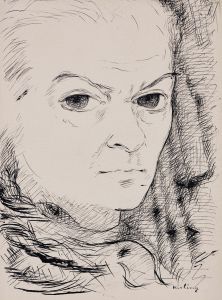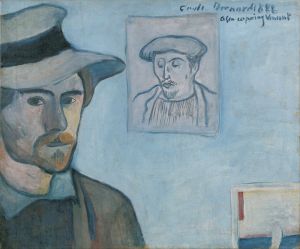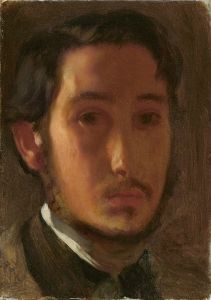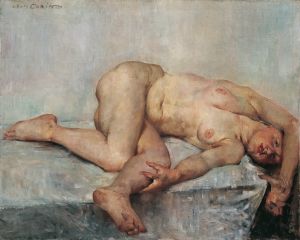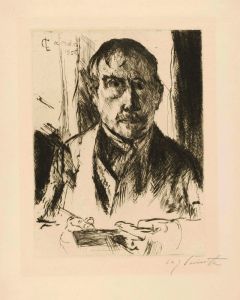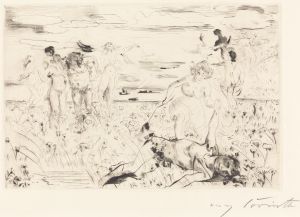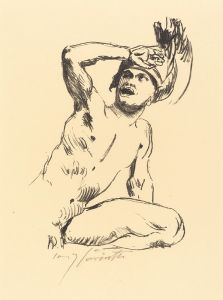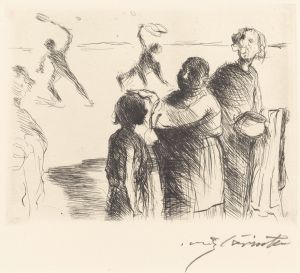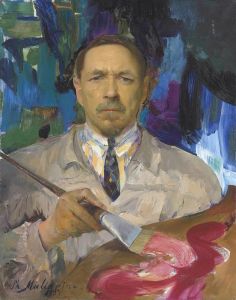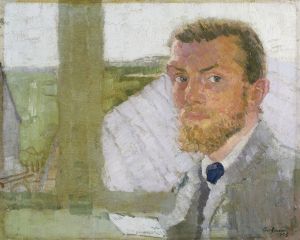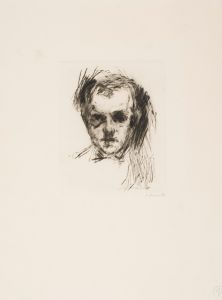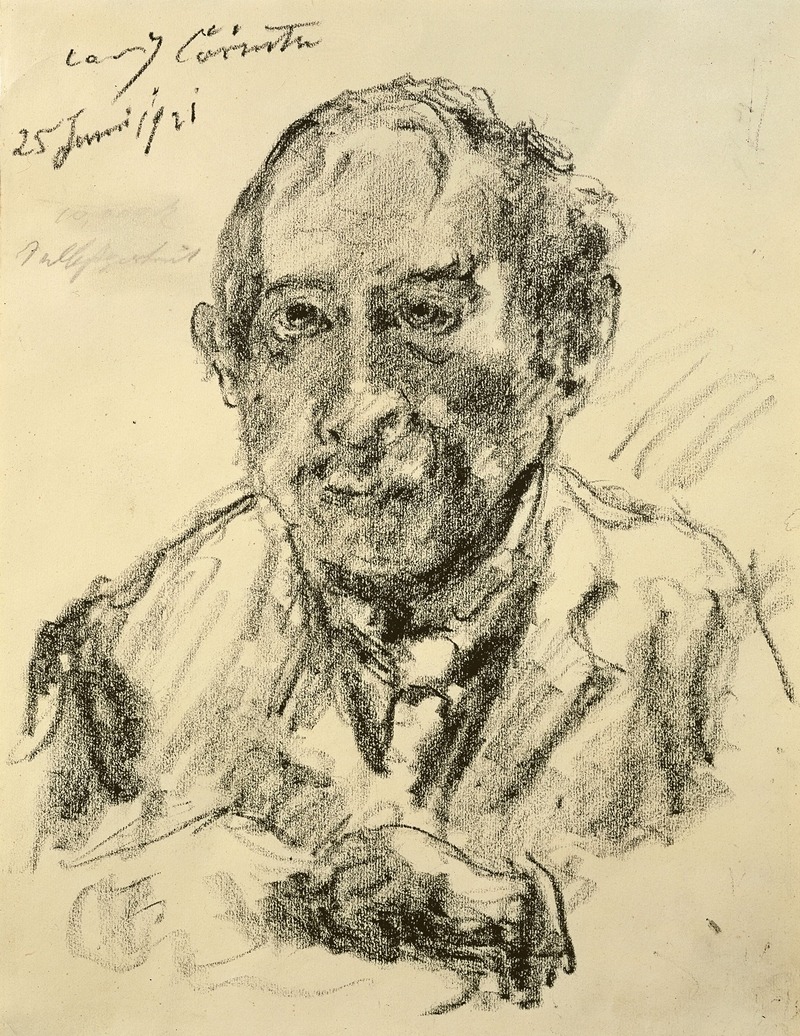
Selbstbildnis
A hand-painted replica of Lovis Corinth’s masterpiece Selbstbildnis, meticulously crafted by professional artists to capture the true essence of the original. Each piece is created with museum-quality canvas and rare mineral pigments, carefully painted by experienced artists with delicate brushstrokes and rich, layered colors to perfectly recreate the texture of the original artwork. Unlike machine-printed reproductions, this hand-painted version brings the painting to life, infused with the artist’s emotions and skill in every stroke. Whether for personal collection or home decoration, it instantly elevates the artistic atmosphere of any space.
Lovis Corinth's Selbstbildnis (Self-Portrait) is one of the many self-portraits created by the German painter and printmaker during his prolific career. Corinth, a leading figure in the transition from Impressionism to Expressionism, often used self-portraiture as a means of exploring his identity, emotions, and artistic evolution. His self-portraits are notable for their psychological depth and technical mastery, reflecting the personal and professional challenges he faced throughout his life.
Born in 1858 in Tapiau, East Prussia (now Gvardeysk, Russia), Corinth studied art in Königsberg, Munich, and Paris. He became a prominent member of the Berlin Secession, an influential group of artists who broke away from academic traditions to embrace modernist approaches. Corinth's work spans a variety of genres, including portraits, landscapes, still lifes, and historical scenes, but his self-portraits hold a special place in his oeuvre.
Selbstbildnis captures Corinth's introspective nature and his ability to convey complex emotions through his art. The painting is characterized by bold brushstrokes, a vivid color palette, and a dynamic composition, hallmarks of Corinth's mature style. His self-portraits often reveal his physical and emotional state, and this work is no exception. Corinth's gaze is direct and penetrating, inviting viewers to engage with the artist on a personal level.
In 1911, Corinth suffered a stroke that left him partially paralyzed on his left side. This event marked a turning point in his life and career, as he had to adapt his technique to accommodate his physical limitations. Despite this setback, Corinth continued to produce powerful works, and his later self-portraits often reflect his resilience and determination. These works are imbued with a sense of vulnerability and introspection, as Corinth confronted his mortality and the passage of time.
While the exact date and context of Selbstbildnis are not specified here, it is representative of Corinth's broader approach to self-portraiture. His works in this genre are celebrated for their honesty and emotional intensity, offering a window into the artist's inner world. Corinth's self-portraits remain an important part of his legacy, illustrating his contributions to modern art and his ability to merge technical skill with profound personal expression.
Lovis Corinth passed away in 1925, leaving behind a rich body of work that continues to be studied and admired. His self-portraits, including Selbstbildnis, stand as enduring testaments to his artistic vision and his exploration of the human condition.





